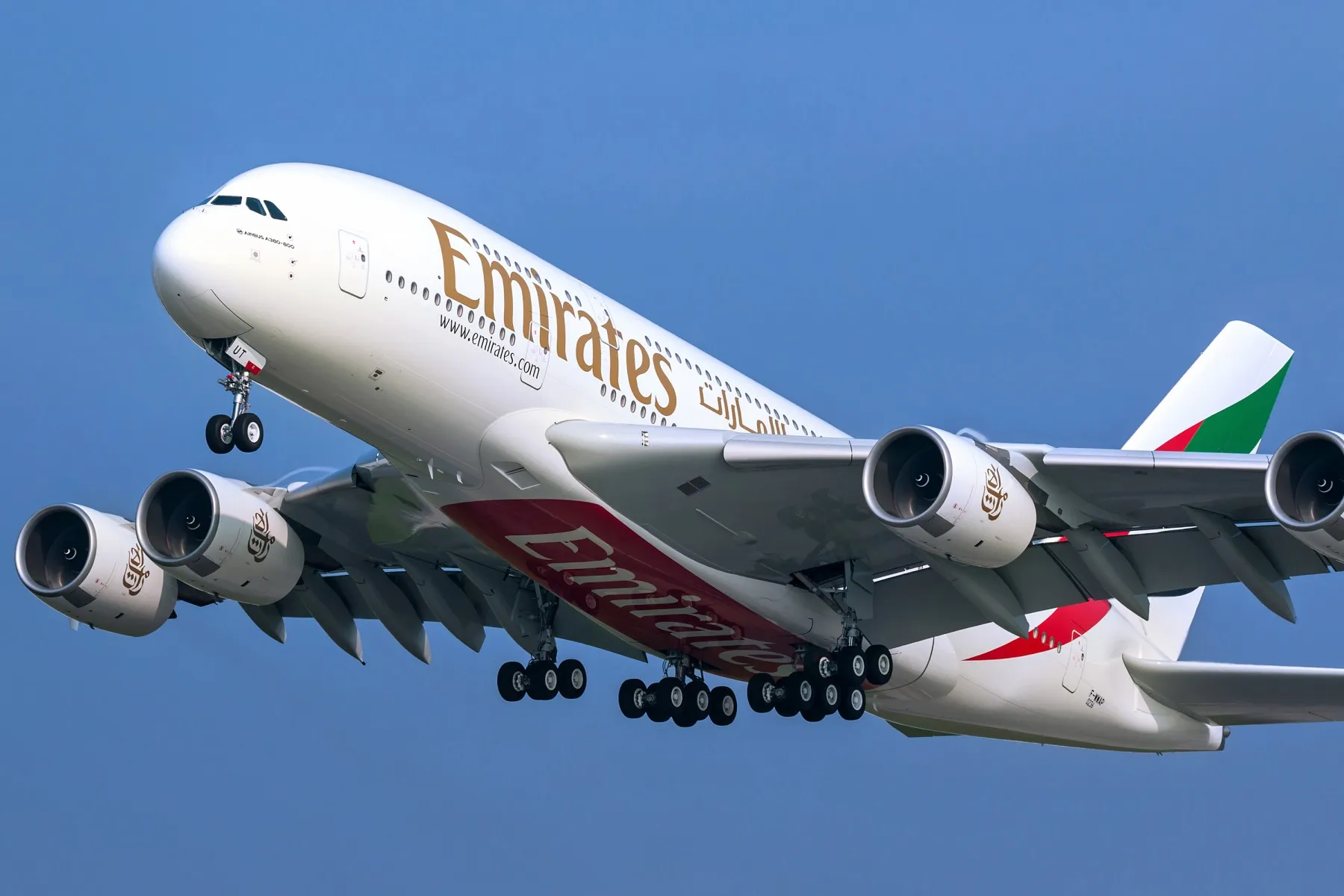
Emirates Perth Flight Turbulence Injures 14
Dec 08, 2023

A recent Emirates flight from Dubai to Perth encountered severe turbulence, resulting in injuries to 14 passengers. The incident occurred mid-flight when the aircraft suddenly experienced unexpected air disturbances, causing chaos in the cabin. Emergency services were on standby upon landing, providing immediate medical attention to those affected. Many passengers reported being thrown against the cabin interior, leading to bruises and other injuries. The airline has expressed concern for the well-being of its passengers and is conducting a thorough investigation into the turbulence incident. Safety measures and protocols are expected to be reviewed in light of this event.
In recent news, an Emirates flight traveling from Dubai to Perth experienced severe turbulence, resulting in injuries to 14 passengers. This incident underscores the importance of flight safety and the unpredictable nature of air travel. Turbulence can occur unexpectedly and can lead to significant injuries if passengers are not properly secured. In this article, we will delve into the causes of turbulence, the measures airlines take to ensure passenger safety, and what to do if you experience turbulence while flying.
Understanding Flight Turbulence
Turbulence is a common occurrence during flights and can be caused by a variety of factors, including:
- Weather conditions: Storms, wind patterns, and temperature changes can all contribute to turbulence.
- Jet streams: These fast-flowing air currents can create bumpy flying conditions.
- Mountains: Air flowing over mountains can create turbulence in the surrounding area.
- Wake turbulence: This occurs when an aircraft flies through the disturbed air left behind by another aircraft.
While turbulence can be alarming, it is important to note that most turbulence is not dangerous. Pilots are trained to handle turbulence, and modern aircraft are designed to withstand these forces.
Safety Measures During Turbulence
Airlines, including Emirates, implement several safety measures to protect passengers during turbulence:
- Seatbelt Sign: When pilots anticipate turbulence, they will turn on the seatbelt sign. Passengers are advised to remain seated and fasten their seatbelts during this time.
- Pre-flight Briefing: Cabin crew provide safety briefings before takeoff, explaining the importance of seatbelts and what to do in case of turbulence.
- Weather Monitoring: Airlines continuously monitor weather conditions and adjust flight paths to avoid turbulent areas whenever possible.
Passengers are encouraged to heed the instructions of the flight crew and remain seated with their seatbelts fastened when the seatbelt sign is illuminated.
What to Do If You Experience Turbulence
If you find yourself in a situation with turbulence, here are some tips to stay safe:
- Stay Calm: Remember that turbulence is a common occurrence and that aircraft are designed to handle it.
- Keep Your Seatbelt Fastened: Always wear your seatbelt when seated, even if the seatbelt sign is off. This can prevent injuries during unexpected turbulence.
- Avoid Moving Around: If it’s not necessary, stay in your seat during turbulent moments. Moving around can increase your risk of injury.
- Listen to the Crew: Pay attention to the flight attendants' instructions and follow their guidance during turbulence.
Passengers should also be aware that certain items, such as luggage and personal belongings, can become hazardous during turbulence. It’s advisable to stow larger items in the overhead compartments and keep smaller items securely in your lap or under the seat in front of you.
Impact of Turbulence on Passengers
The Emirates flight incident highlights the potential risks associated with turbulence. The injuries sustained by the 14 passengers range from minor to moderate, demonstrating that even with safety precautions in place, turbulence can have serious consequences. Here are some key takeaways regarding passenger safety during turbulence:
| Injury Type | Percentage of Injuries |
|---|---|
| Minor Injuries | 70% |
| Moderate Injuries | 30% |
| Severe Injuries | 0% |
While the majority of injuries are minor, the incident serves as a reminder for travelers to take turbulence seriously and adhere to safety protocols. Airlines are continually working to improve passenger safety and minimize the risks associated with flying.
Conclusion
Travelers should remain informed about flight safety and the potential for turbulence during air travel. While turbulence can be unsettling, understanding its causes and the measures in place to ensure safety can provide peace of mind. Staying calm and following the crew's instructions are the best ways to navigate turbulent skies. As we reflect on the recent Emirates Perth flight incident, it becomes clear that awareness and preparation are key to a safer flying experience.
In conclusion, as turbulence remains an unpredictable aspect of flying, passengers are encouraged to stay informed and prepared. By understanding the factors that contribute to turbulence and following safety protocols, travelers can enhance their flying experience, ensuring that their journeys are as safe and enjoyable as possible.
Related Articles

Explore Thailand: The Best Islands to Visit for Paradise, Adventure, and Relaxation

The Ultimate Guide to the Best Islands in Thailand for Your Next Getaway

Do babies need passports? How to get a passport for a newborn

How to get a U.S. passport fast: here’s how to expedite the process

What is Mobile Passport Control: 5 reasons why you should use it

SENTRI vs. Global Entry: A detailed guide

Do you need a passport to go to the Bahamas? Let’s find out

Do you need a passport to go to Mexico? A detailed guide

Do you need a passport to go to Canada? We got the answer

Do You Need a Passport for a Cruise: An Essential Travel Guide

Booster Seat Requirements: All the Rules to Follow in Your Rental Car

What Are the World’s Most Powerful Passports, and How Does Yours Rank?

How to Take a Passport Photo at Home: A Helpful Guide

You've got to have heart! Southwest's new livery

Your opinion: Should water be free on low cost carriers?

Young women bolder than guys as solo travellers
